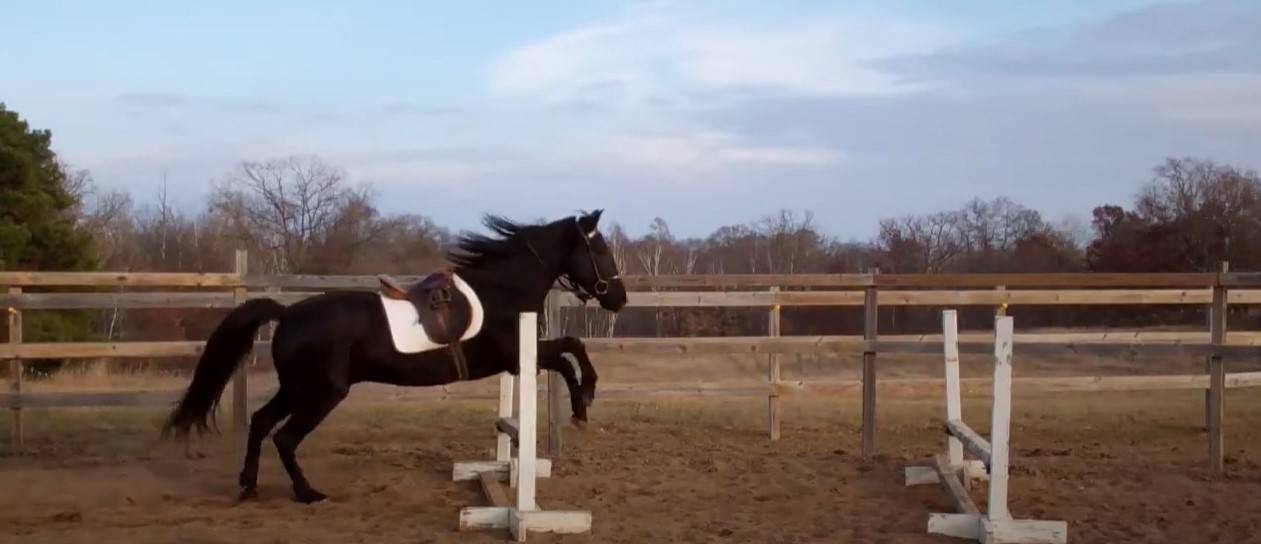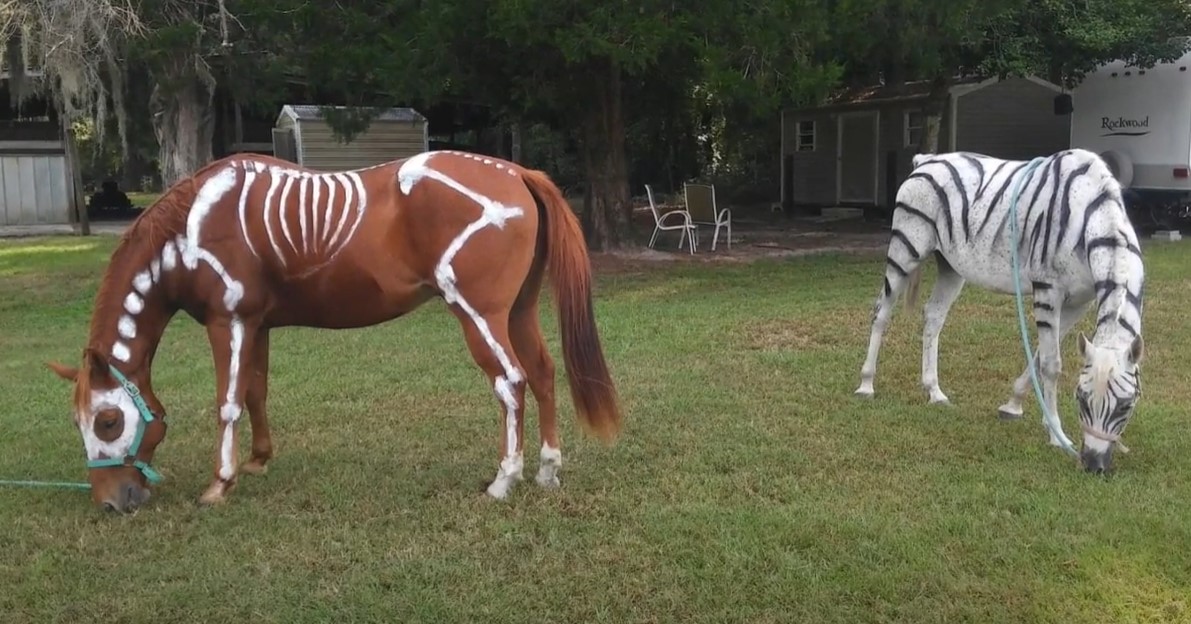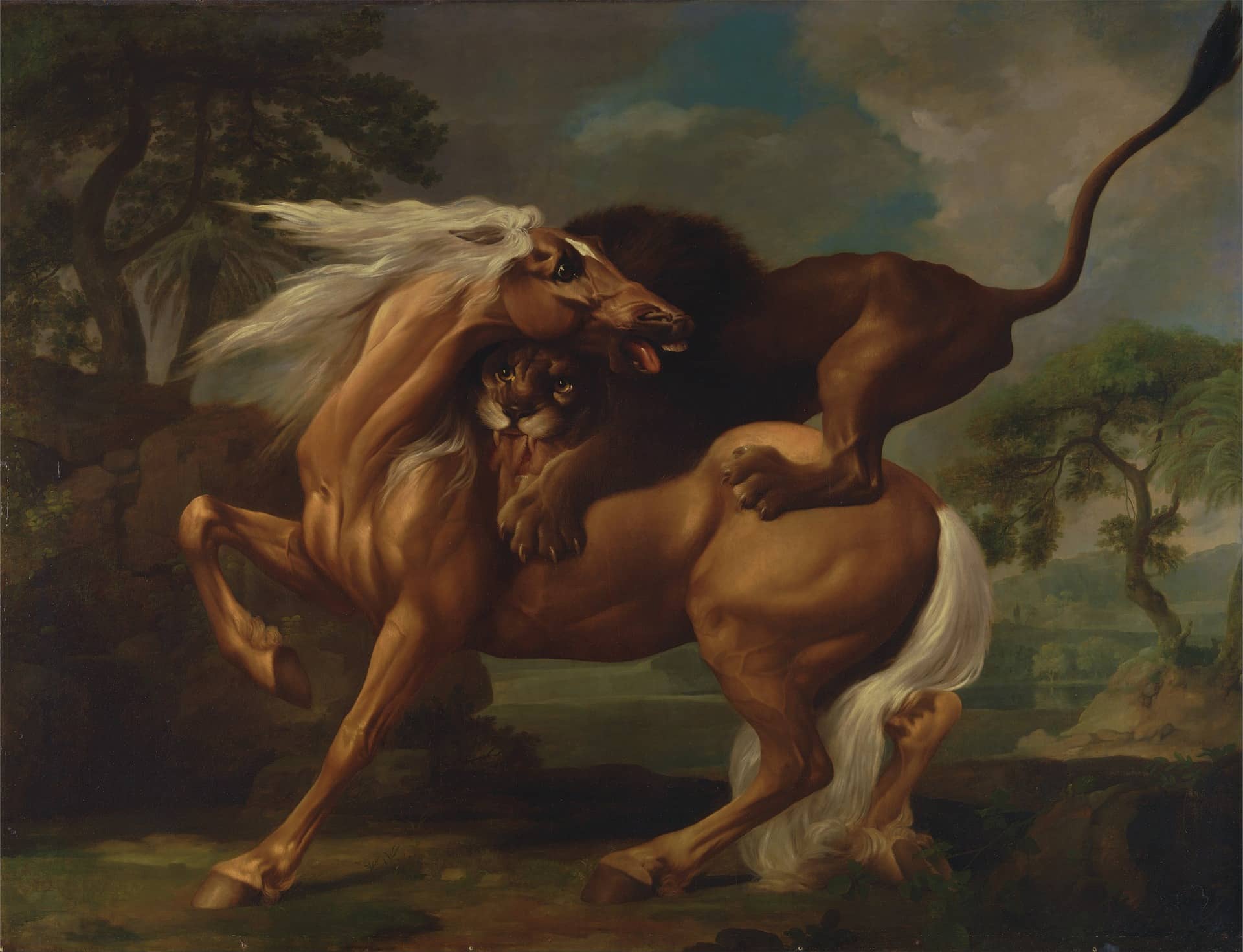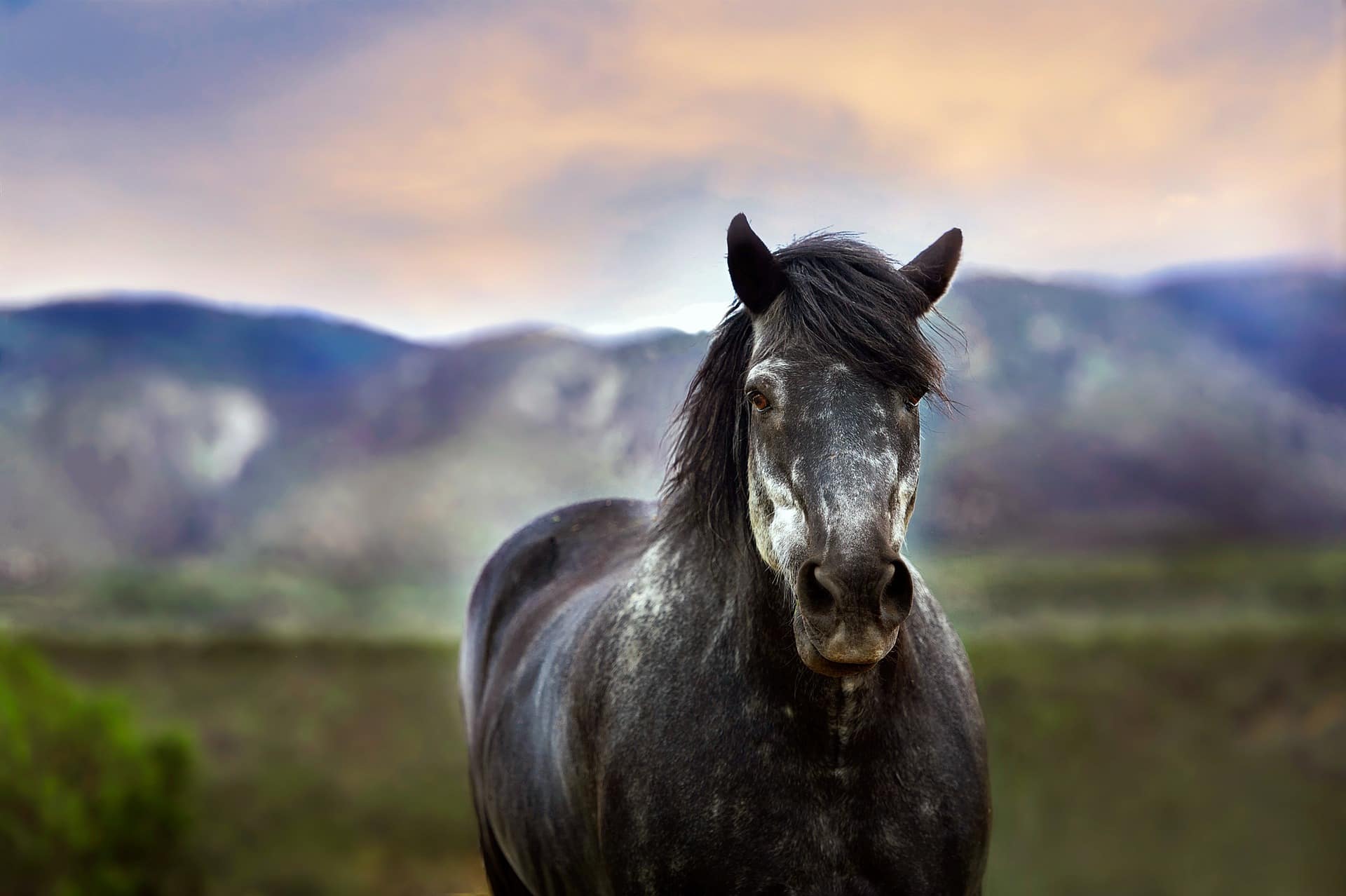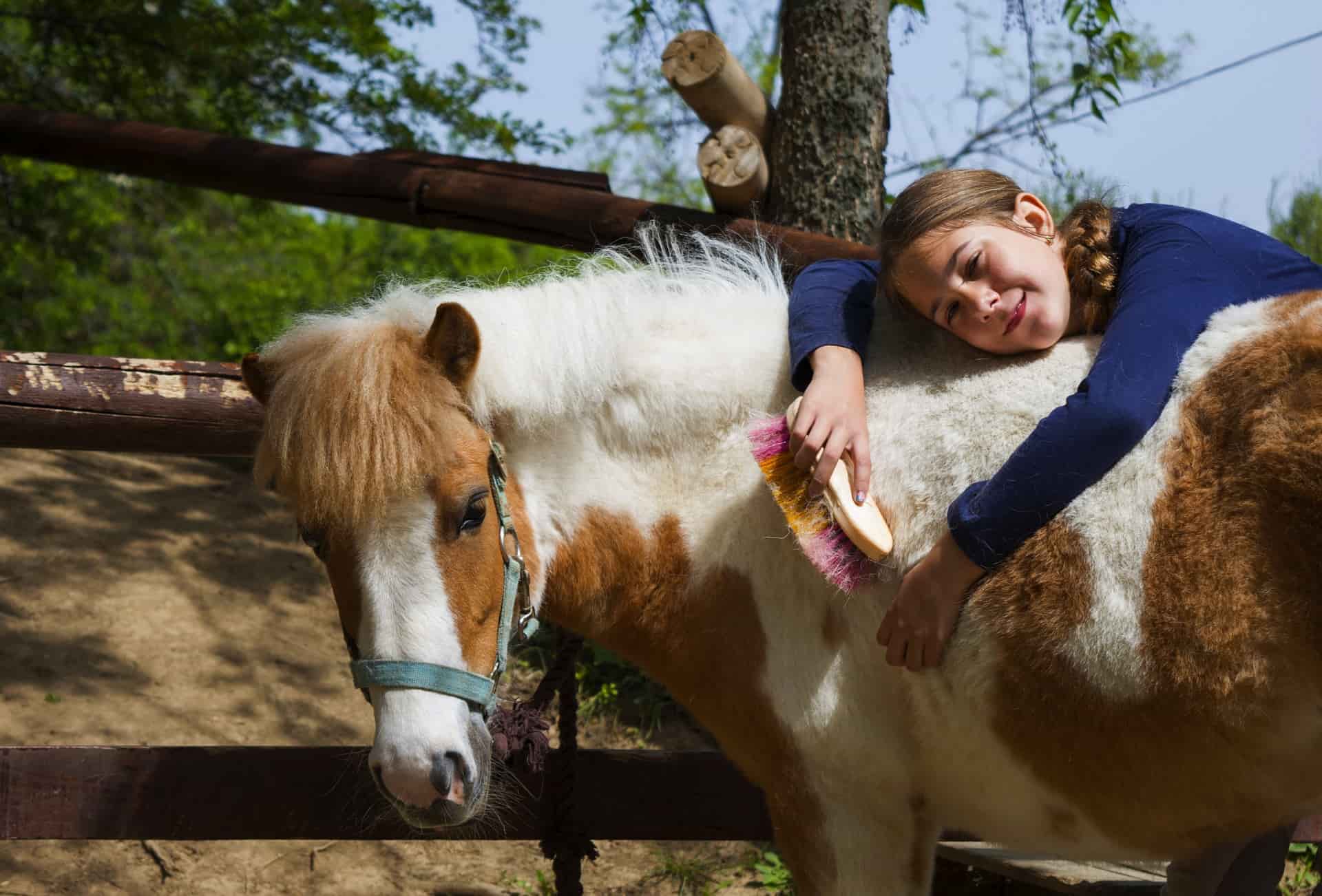Tried, tested, and preferred for long trail riding, gaited horses use their distinctive step pattern to extend endurance and reduce bounce. And while they perform the best for flat work, some horse owners wonder if they can get the best of both worlds by teaching gaited horses to jump.
But the question stands – can gaited horses jump? The very thing that makes these horses so effective at endurance riding also puts them at a disadvantage for more technical, performance riding. However with a little training and patience, you might be able to get your horse to overcome those hurdles.
Can a Giated Horse Jump?
Even people deeply involved in the horse world tend to get confused with horses with four beat gaits and what they can do. Most quarter horse or paint horse owners even tend to think that horses with smooth gaits only serve a purpose as trail horses. But that’s not actually the case.
By definition, these horses are the ones that move each leg independently, giving them a limited natural capacity for standard gaits. The perfect example would be the Tennessee walking horse or the Spotted Saddle horse.
This unique gait allows more efficient weight bearing so the horse can travel longer distances than non gaited horses. This distinct footwork also produces far less bounce for the rider. That means you can enjoy smooth trail riding that reduces pressure on your back, hips, and joints.
So it really comes as no surprise why older horse owners and those with joint and back pain typically lean towards these breeds of horses.
But while the gaited horse shines during flat work, its unique gait also presents some challenges in the jumping department. Since it moves each leg independently, these animals struggle to leap forward the way that non gaited horses do.
However despite their four beat ambling gaits, your gaited horse can learn to jump. Albeit the initial struggle to learn to jump, gaited horses can be taught to jump small obstacles. In fact, some owners have even gone as far as training their gaited horses to participate in jumping competition. So they’re definitely far more capable than most people give them credit for.
Many gaited horses have earned recognition for their performance in different areas like dressage, jumping, and even cross country. Tennessee walkers are among the most proficient in learning the technical ambling gaits necessary for such strict competition. But many gaited horses beyond the Tennessee walker breed have also demonstrated serious success in these areas.
Suggested Read: Best Horse Breeds for Dressage and Jumping
Naturally Gaited Horse Breeds That Jump Best
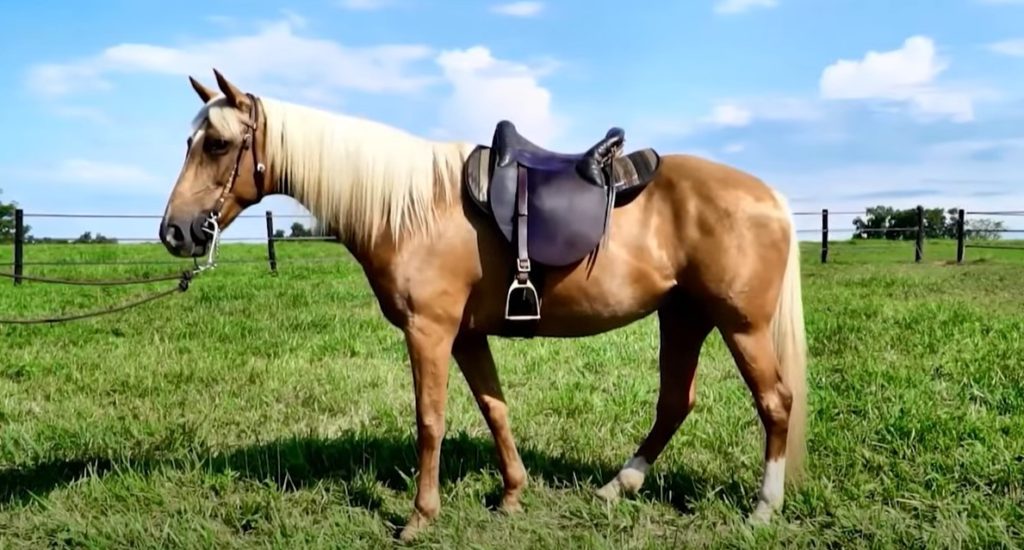
Horses with a naturally smooth gait are animals that demonstrate the independent leg movement without any special training or instruction. There are quite a few breeds of horses that are born gaited, and have thus been branded as poor jump performers. But that’s not actually the case.
Numerous gaited breeds like Morgans gaited horses and Tennessee walking horses. have demonstrated their capacity to perform jumps just as well as their non gaited companions. These popular naturally gaited horse breeds include:
Tennessee Walking Horse
Ideal for trail and pleasure riding, Tennessee walking horses – or simply called the Tennessee walker – move gracefully and have far-reaching strides. Tennessee walking horses demonstrate quite flashy knee action and usually receive recognition as the smoothest gaited horse.
Although it might take some practice, Tennessee walking horses can be taught to a foxtrot, stepping pace, and rack among many other variations. One noteworthy double-registered Tennessee walking horse by the name of Pete has even competed in hunter and jumper rings, clearing 4-foot high obstacles.
Find more fascinating facts about the Tennessee Walker.
Rocky Mountain Horse
Demonstrating inherited four beat gaits, this breed showcases a smooth, natural ambling gait that may perform well in the show ring. They’re particularly graceful and a pleasure to watch.
While their natural gait might put them at a jumping disadvantage, many Rocky mountain horses have successfully competed and won various jumping and dressage competitions in the past.
Missouri Fox Trotter
Beloved as one of the smoothest gaited horse breeds out there, the breed is a popular gaited horse with a four beat gait that has long been used in various competitions. Today, the mid-sized four beat gaited horse has earned a reputation across many areas like trail, endurance, dressage, and jumping.
Like the Tennessee walking horse, this breed demonstrates flashy performance for a walking horse. Of its natural gaits, the Missouri does particularly well with the fox trot – thus the name. Nevertheless, just like the Tennessee walking horse, this horse learns quickly and may jump as high as three or four feet with proper training and practice.
Read our breed profile about the Missouri Fox Trotter horse to learn more.
How to Teach a Gaited Horse to Jump
Gaited horses have a naturally calm disposition, making them especially easy to train versus other horses. And although you might think your horse’s steady gait is all you really want out of it, teaching it to canter and jump can make them more practical for a diverse range of trails.
Every now and then, you’ll encounter a boulder, a fallen tree, or any number of natural obstacles during a trail ride. If your horse learns how to jump over them, you should be able to press forward with zero problems.
Teach the Trot and Canter
For most gaited horses that only walk and gait, it might be necessary to first treat a trot and then a canter. These two beat and three beat gaits are standard gaits that give a horse a more dynamic knowledge of its footwork. It also helps improve jumping performance, since the main hurdle between a gaited horse and jumping is its four beat gait pattern.
Teaching the trot and subsequently, the canter or running walk may require the use of strategically placed ground poles. These can help a horse execute proper footing and timing of the rear legs so as to learn the distinct beat patterns of the trot and canter.
Start with Small Obstacles
A horse will naturally try to jump over an obstacle in its path. Starting with small obstacles, you can try to block the horse’s path to get the animal to jump over. Low obstacles work best, like small logs and low benches. As your horse gets a hang of the movement, they’ll soon learn to jump over slightly larger, taller objects.
Get your horse moving at a trotting pace to start to encourage them to jump over an obstacle. Anything slower than a trot might just have the animal stepping over the hurdles you place. As he becomes more proficient, then you can start training with a running walk.
Maintain a Calm Demeanor
The relationship in our horse and rider team plays an in integral role in your horse’s jumping capacity. Almost every gaited breed comes with a calm temperament (no need for the calming supplements). That’s especially true for certain breeds like Tennessee walking horses and Gaited Morgans.
And because these animals tend to pick up on its trainer’s disposition, any frenetic energy might cause your horse to feel uncomfortable, worried, and stressed.
Most horses will demonstrate stubbornness if they feel that they’re being forced to do something they’re not comfortable doing. See to it that you match the animal’s energy and keep your horse relaxed to encourage a positive response to training.
Consider the Animal’s Comfort
It’s tough to learn a new pace, especially for a gaited horse. Maximizing its comfort during training can help keep the animal willing to learn, and reduce the chances of stress and confusion.
A trail saddle can reduce pressure on the animal’s back. It also helps to reduce training hours so as not to overwork your horse. Fifteen to thirty minutes of careful training a day should be more than enough to provide your horse all the instruction it needs.
Frequently Asked Questions
Can a gaited horse gallop?
Yes, these horses like the Tennessee walker can be trained to move just like quarter horses or any other horse for that matter. Training a horse to gallop will typically require footwork training using poles. But a horse like the Tennessee walking horse or the Spanish horse Paso Fino is a fast learner that shouldn’t take too long to master the gallop.
Can ambling gaited horses do cross country?
Yes, they can, and some remarkable horses have taken home the gold. But remember – a gaited horse performs best during flat work. They can learn how to jump, but that doesn’t mean you should force them into cross country competition. Ideally, you should choose more athletic horses for cross country, like the Thoroughbred or the Quarter horse.
Are gaited horses easier to ride?
Generally, yes, gaited horses are easier to ride. Because they produce much less bounce for their rider, riding these horses reduces the pressure on the back, hips, and joints. They’re also fairly calm compared to other breeds, so they’re exceptionally easy to train and ride.
Overcoming Hurdles
Can gaited horses jump? Contrary to popular belief, gaited horses can jump – all it takes is a little training and practice.
Graceful and calm, these horses have earned significant popularity for their unrivaled endurance. But while they shine the brightest on long rides, these horses also demonstrate promise in more technical, athletic areas like jumping, dressage, and barrel racing. Of course, it’s just up to you to help them discover their potential.
